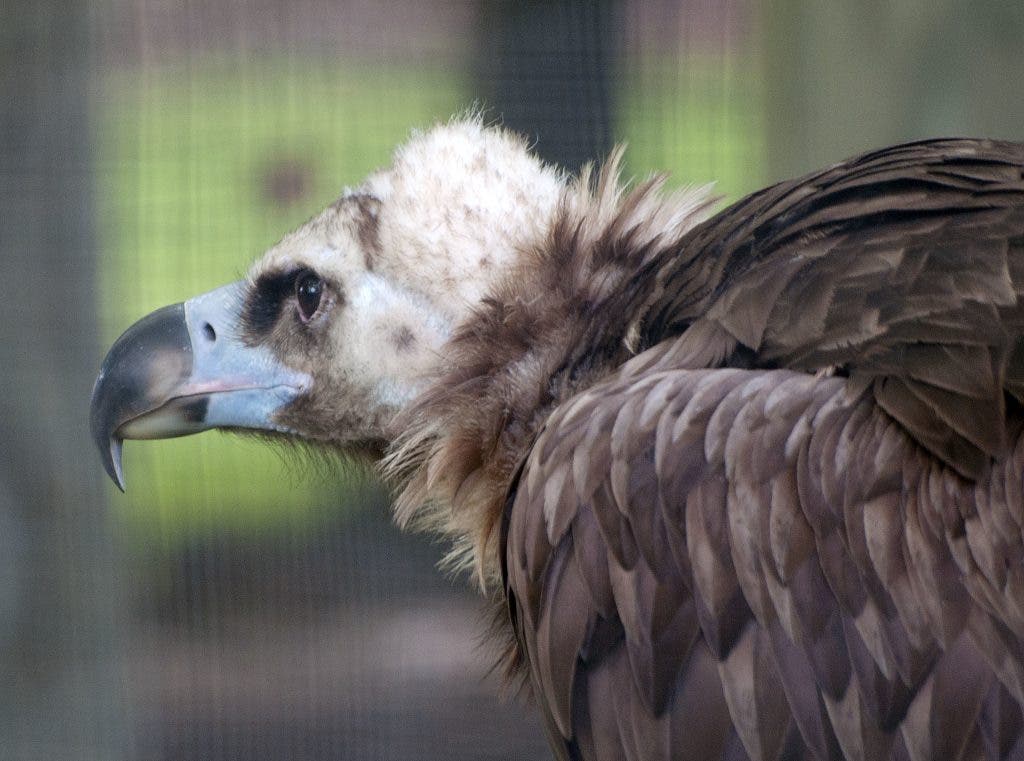A vulture born last year in a hunting reserve in Spain was the first victim of this bird family to die from diclofenac poisoning in Europe. The drug, extremely toxic to wild scavengers, is used by veterinarians to treat injured cattle and has been found to be the main cause of the steep decline of vulture species in South Asia.

The drug has already been banned in India, Pakistan, and Bangladesh, following a decline in vulture populations between 1990 and 2000. Before the ban, high adult mortality rates were being reported among the main vulture species throughout Asia: the white-rumped vulture (Gyps bengalensis), the Indian vulture (Gyps indicus) and the slender-billed vulture (Gyps tenuirostris). The ban helped protect these species.
However, diclofenac has been authorized for veterinary use in Africa and Europe. In Spain, it was authorized in 2013, despite it being the European country with the largest vulture populations. Conservation organizations in Spain have warned about the consequences this would have for the country’s vulture populations for many years.
Ivan Ramirez, a campaigner at Birdlife NGO, said in a statement: “This confirms what we have been warning about for almost a decade: vultures are already dying from veterinary diclofenac poisoning and this could already be affecting their population trends. It’s absurd to keep insisting on licensing a drug that kills threatened species.”
BirdLife has advocated for a Europe-wide ban on veterinary diclofenac since 2013. In 2014, a hearing was held at the European Medicines Agency (EMA) where conservationists advocated for a full ban. But EMA didn’t agree and instead suggested EU countries enforce stricter regulations and labeling to reduce the risks of the drug.
The dead vulture was a Cinereous Vulture (Aegypius monachus), which is classified as “near threatened” by the International Union for Conservation of Nature (IUCN). Its populations have been increasing and recovering in western Europe. In Spain, the species went from 250 breeding pairs in the 1980s to about 3,000 pairs currently.
The fact that the animal died from exposure to diclofenac was confirmed by a recent study by Spanish researchers, published in the journal Science of the Total Environment. It was found dead in the nest in September 2020 and a post-mortem examination confirmed the presence of diclofenac in its liver and kidney.
The vulture lived in the Bourmort reserve in Spain and was carrying a GPS transmitter, which allowed the researchers to find its body. They had observed and photographed it just two days before its death and it appeared to be in good shape. The vulture was taken to a wildlife center where experts extracted samples for toxicological analysis.
“We now know that there’s a high risk of vultures and other wild scavengers dying from diclofenac. There might have been previously undetected cases,” Ernesto Álvarez, one of the authors of the study, told Spanish media. “Spain holds one of the largest populations of vultures in Europe so it can’t dismiss the results of the study.”
Álvarez and the authors of the study consider it necessary to take concrete measures to prevent vultures from feeding on carcasses and remains of cattle treated with diclofenac. If actions are only partial, they recommend a moratorium on the veterinary use of diclofenac and seek alternative non-toxic drugs for these birds.


